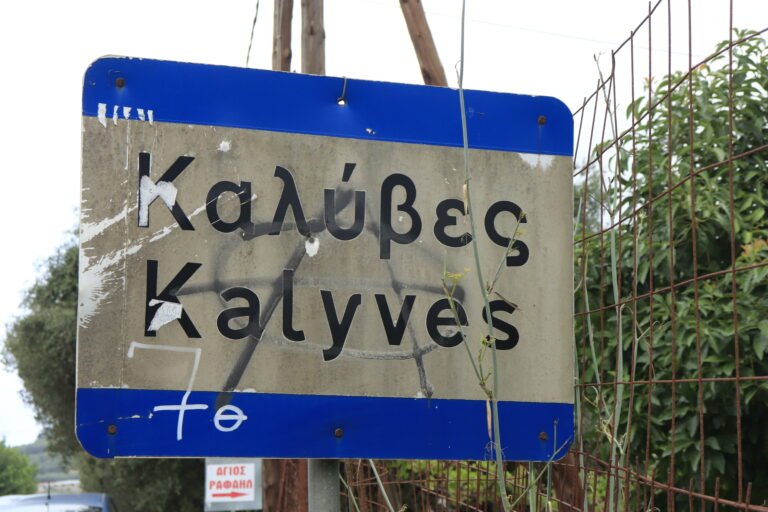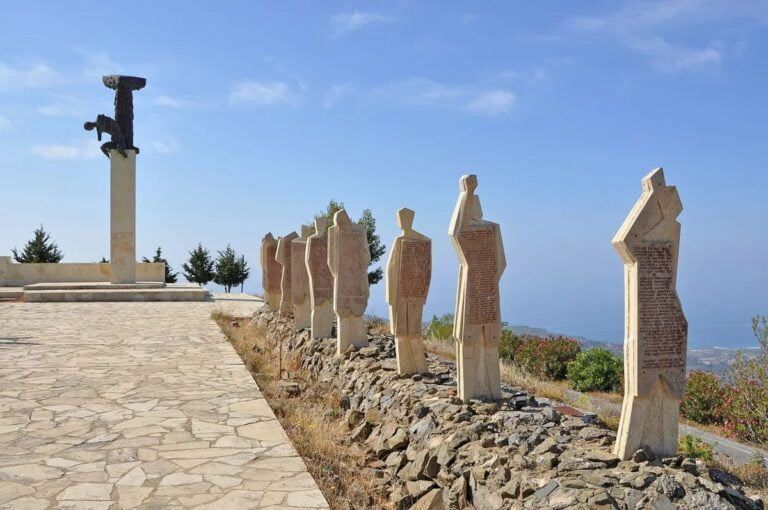Crete in the Roman Period (67 BCE – 330 CE): An Exuberant Era of History and Archaeology
Crete, the largest of the Greek islands, has always been a land of myths, legends, and unparalleled beauty. Its history is rich and varied, with each era leaving its indelible mark on the island’s landscape and culture. The Roman era, spanning from 67 BCE to 330 CE, stands out as a time of significant transformation and prosperity. This article delves into the Roman period in Crete, with a particular focus on the archaeological wonders and importance of Gortyn and Aptera.
The Roman Conquest of Crete
The Roman period in Crete began in 67 BCE when the Roman general Quintus Caecilius Metellus defeated the Cretan city-states and annexed the island to the Roman Republic. This conquest marked the end of the independent Cretan city-states and the beginning of a new chapter in the island’s history. Under Roman rule, Crete flourished as a vital trade, culture, and administration centre.
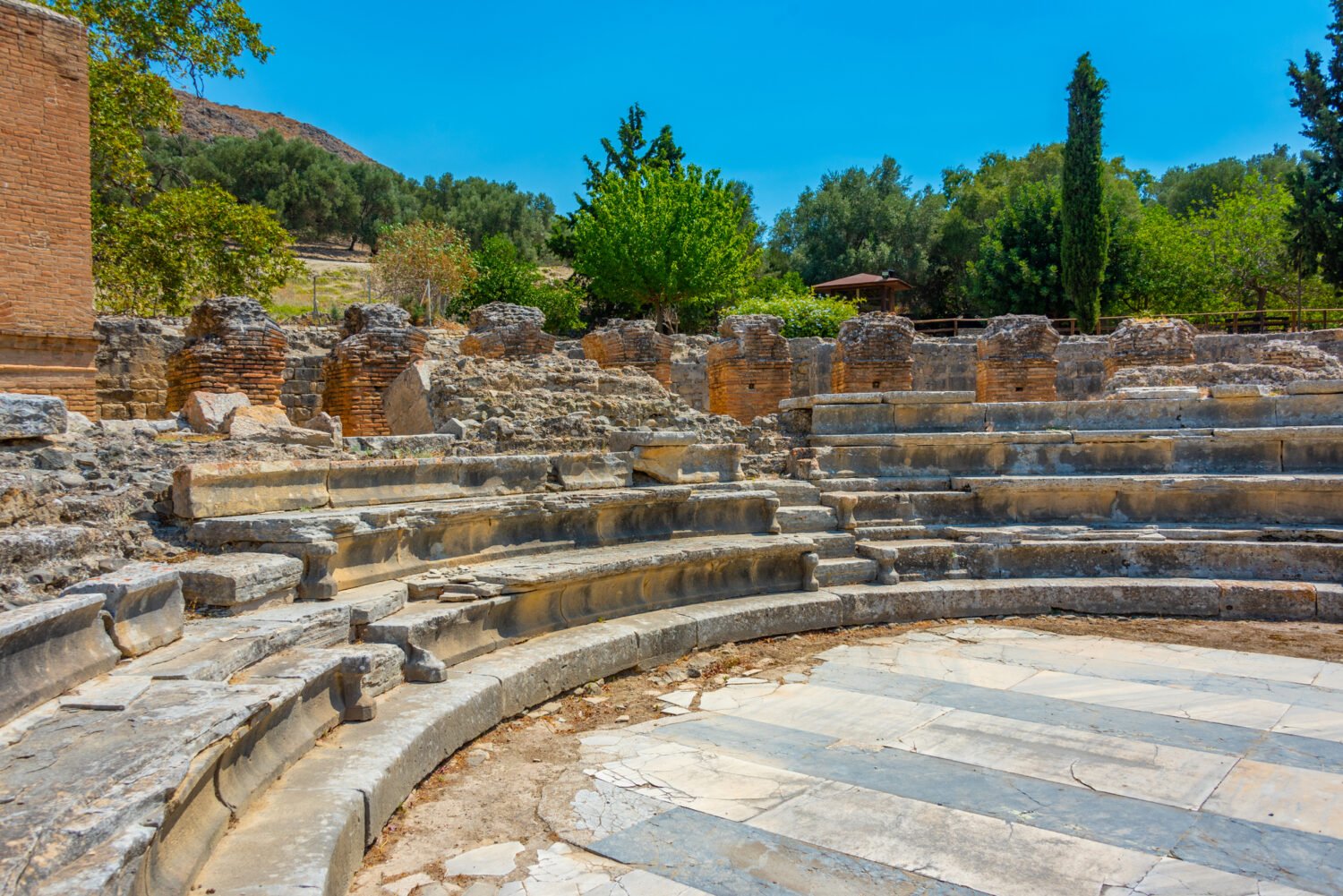
Gortyn: The Capital of Influence in the Eastern Mediterranean
Gortyn, nestled in the heart of Crete, is a testament to the island’s rich history and a symbol of its significant influence in the broader Eastern Mediterranean region. As the capital of a vast international area during the Roman era, Gortyn’s importance extended far beyond its city walls. This article delves deeper into Gortyn’s pivotal role as a hub of power, trade, and culture in the Eastern Mediterranean.
Geopolitical Significance
Strategic Location
Gortyn’s strategic location in the southern part of Crete made it a crucial point of connection between the eastern and western parts of the Mediterranean. This position allowed it to control maritime routes, facilitating trade and communication between Asia, Africa, and Europe.
Administrative Powerhouse
When the Romans annexed Crete in 67 BCE, they recognized Gortyn’s potential and elevated its status. It became the capital of the joint province of Crete and Cyrenaica (modern-day eastern Libya). This vast province stretched across the Mediterranean, and Gortyn, as its capital, became the administrative and political centre, wielding power over a significant portion of the Eastern Mediterranean.

Economic Importance
Trade Hub
Gortyn’s location made it a nexus for trade routes. Goods from Asia, Africa, and Europe flowed through its ports, making it a melting pot of cultures and commodities. From spices and silks from the East to wines and olives from the West, Gortyn was a bustling marketplace where merchants from distant lands converged.
Agricultural Prosperity
The fertile Messara plain surrounding Gortyn was a source of agricultural wealth. The production of olives, grains, and wines sustained the local population and contributed to trade surpluses, further enhancing Gortyn’s economic stature in the region.
Cultural and Legal Influence
The Gortyn Code
As mentioned earlier, the Gortyn Code is a monumental legal inscription that provides insights into the societal norms and legal structures of the time. Its significance is not just limited to Crete. As one of ancient Greece’s earliest and most comprehensive legal codes, it influenced legal thought and practice in the broader Mediterranean region.
A Melting Pot of Cultures
Gortyn became a cultural melting pot at the crossroads of three continents. The confluence of African, Asian, and European cultures created a unique blend of traditions, arts, and philosophies. This cultural synthesis made Gortyn a beacon of enlightenment and innovation in the Eastern Mediterranean.
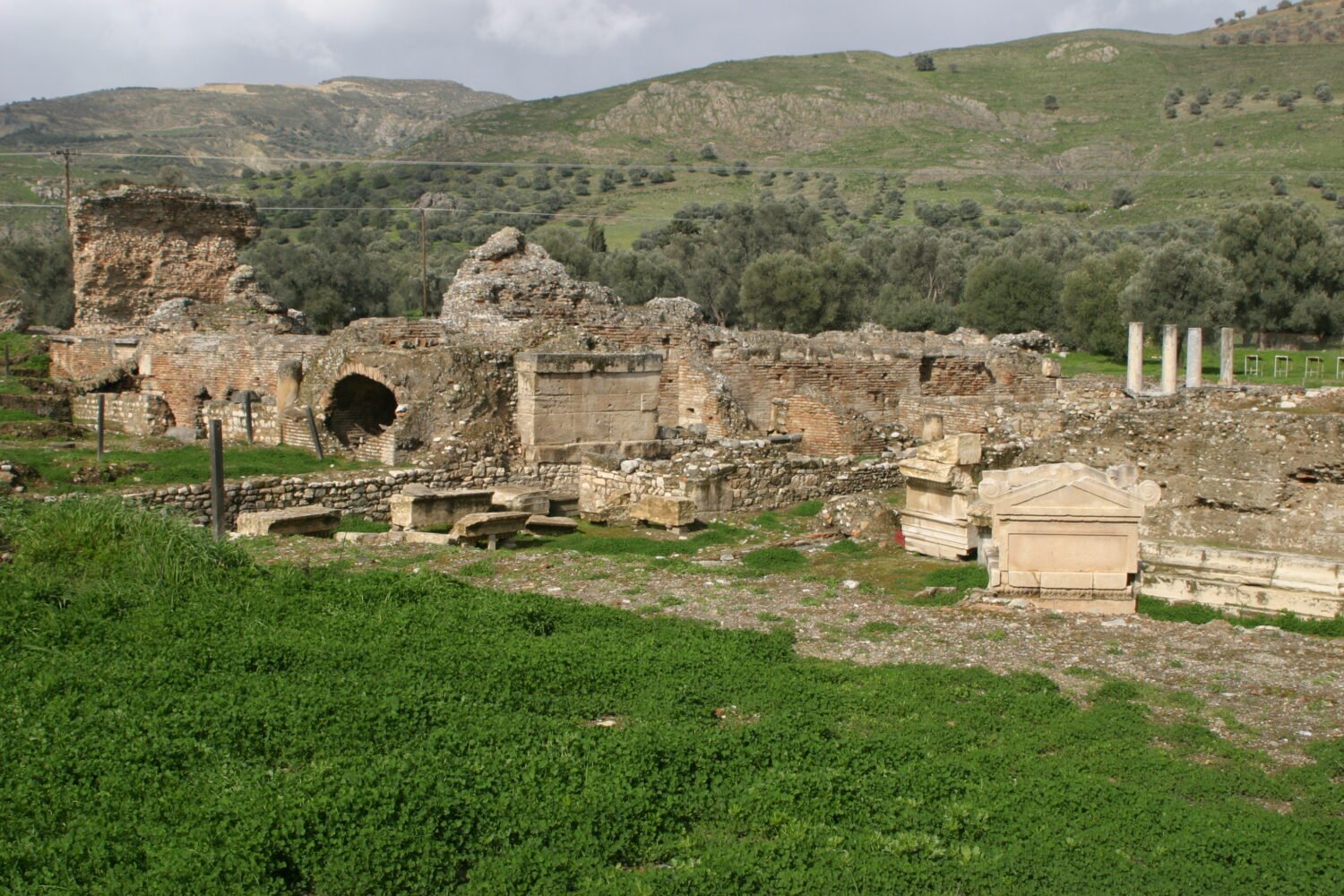
Religious Significance
Gortyn was also a centre of religious activities. The early Christian presence, as evidenced by the Basilica of St. Titus and other archaeological finds, suggests that Gortyn played a role in the spread of Christianity in the region.
The Odeon and the Basilica of St. Titus
The Odeon of Gortyn, a semi-circular theatre, is a testament to the city’s cultural prominence. Nearby, the Basilica of St. Titus ruins stand as a reminder of the early Christian presence in Crete. Built in the 6th century CE, this basilica is one of the earliest Christian structures on the island.
The Praetorium and the Roman Agora
The Praetorium, the residence of the Roman governor, showcases the architectural grandeur of Roman Gortyn. Close to the Praetorium, the Roman Agora, a bustling marketplace, was the heart of daily life, commerce, and social interactions.
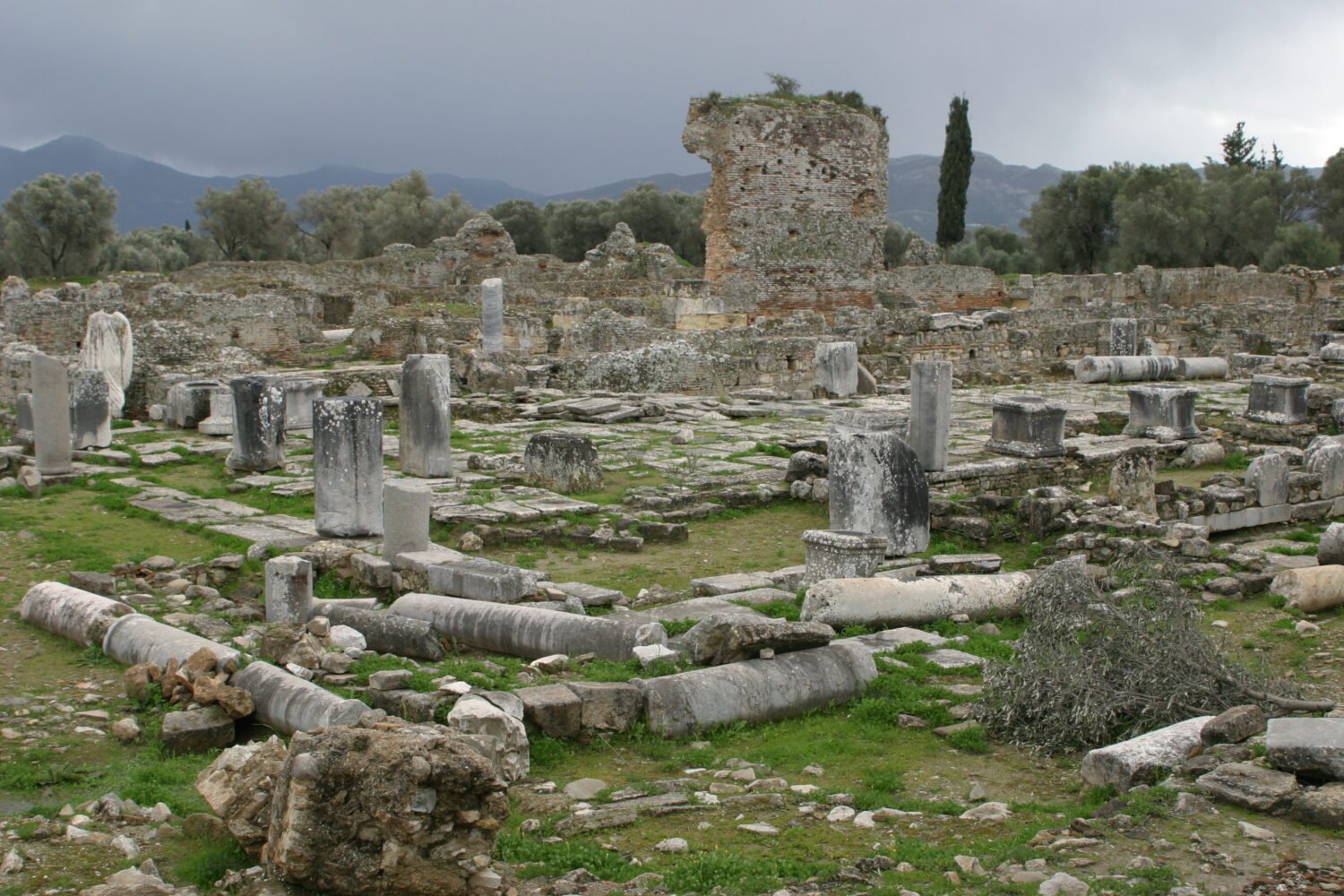
Aptera: A Panoramic Historical Site
Perched on a hill overlooking the Gulf of Souda, Aptera was another significant city during the Roman period. Its strategic location made it a vital maritime and trade centre.
The Roman Cisterns
One of the most impressive structures in Aptera is the Roman cisterns. These underground chambers, designed to store water, highlight the advanced engineering skills of the Romans. The cisterns ensured a steady water supply for the city’s inhabitants, even during the dry summer months.

The Roman Baths and the Theater
The remains of the Roman baths in Aptera offer a glimpse into the leisurely pursuits of its residents. These baths, with their intricate mosaics and well-preserved structures, were centres of relaxation and socialization. Not far from the baths, the ruins of the Roman theatre stand as a testament to the city’s cultural vibrancy.
The Legacy of the Roman Period in Crete
The Roman era was a time of prosperity and growth for Crete. The island’s strategic location made it a crucial hub in the Roman trade network. This period’s architectural and archaeological remnants, especially in Gortyn and Aptera, offer a window into the island’s glorious past. The Roman influence extended beyond architecture and urban planning. It permeated the arts, culture, and daily life of the Cretans. The blend of Roman and local traditions created a unique cultural synthesis that enriched the island’s heritage.
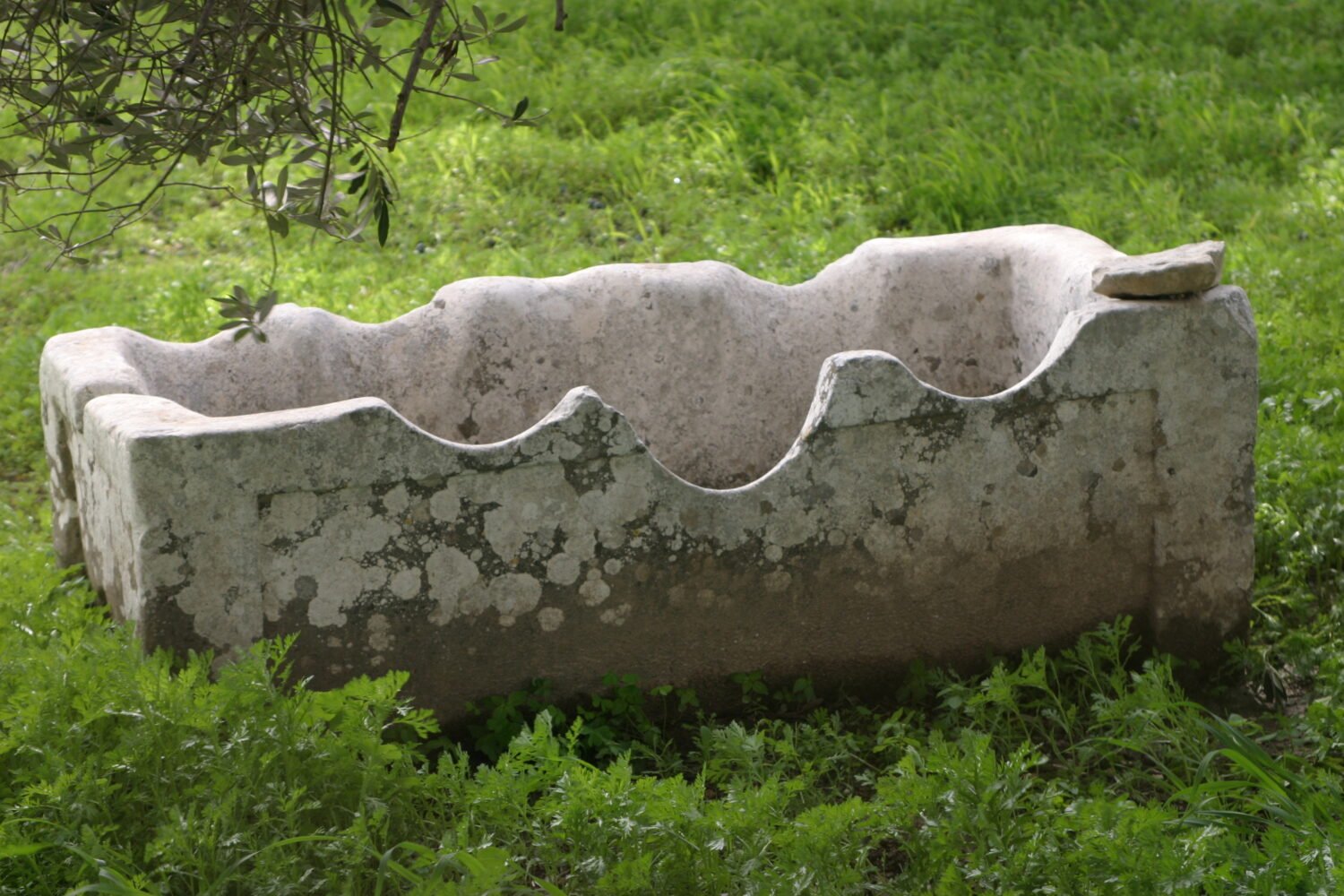
Conclusion
Crete’s Roman period, with its tales of conquest, prosperity, and cultural amalgamation, is a fascinating chapter in the island’s history. The archaeological sites of Gortyn and Aptera stand as silent witnesses to this era, beckoning history enthusiasts and travellers alike. As we walk through these ancient ruins, we are transported back in time, reliving the moments that shaped the destiny of this enchanting island.
Table of Contents
Views: 190



